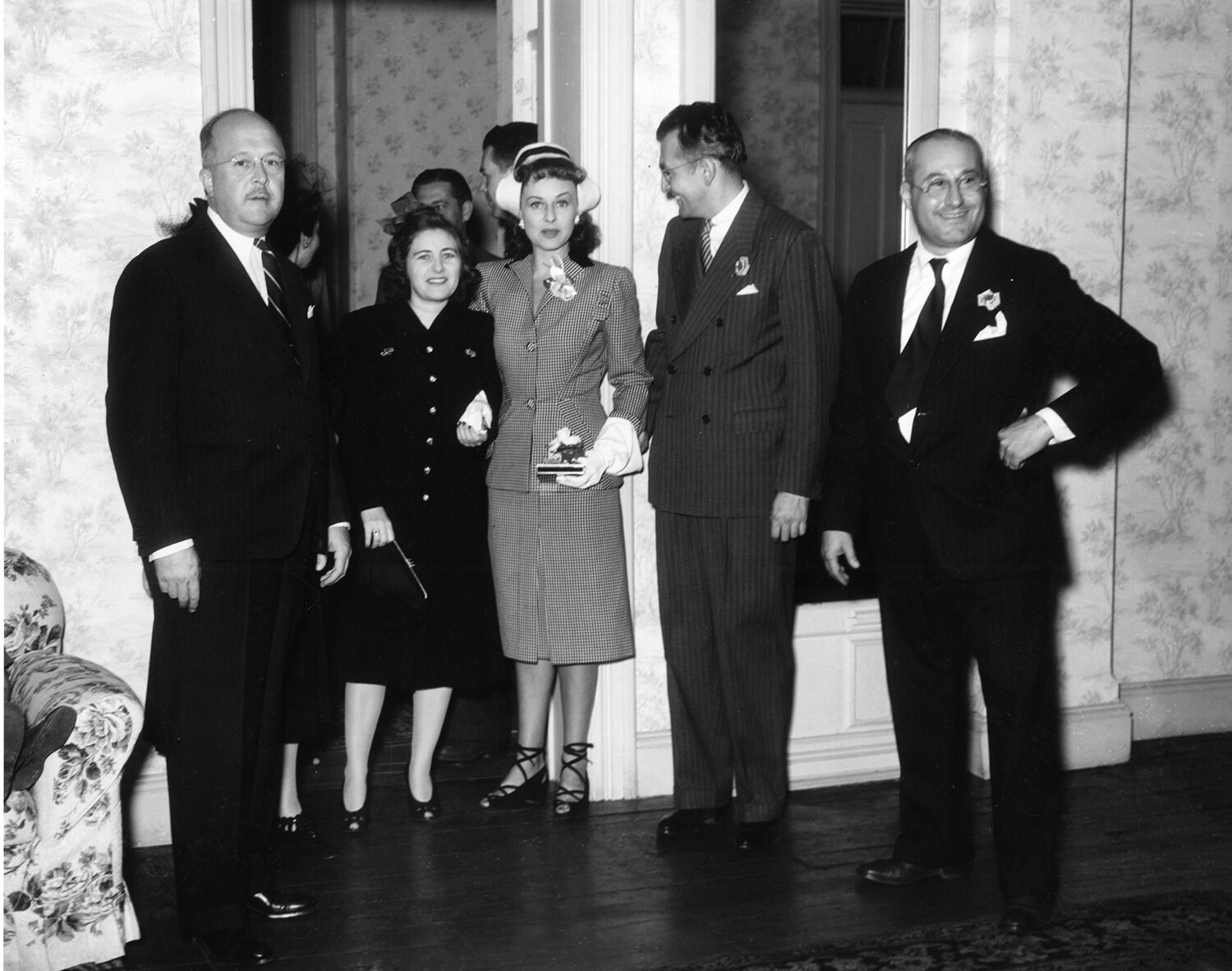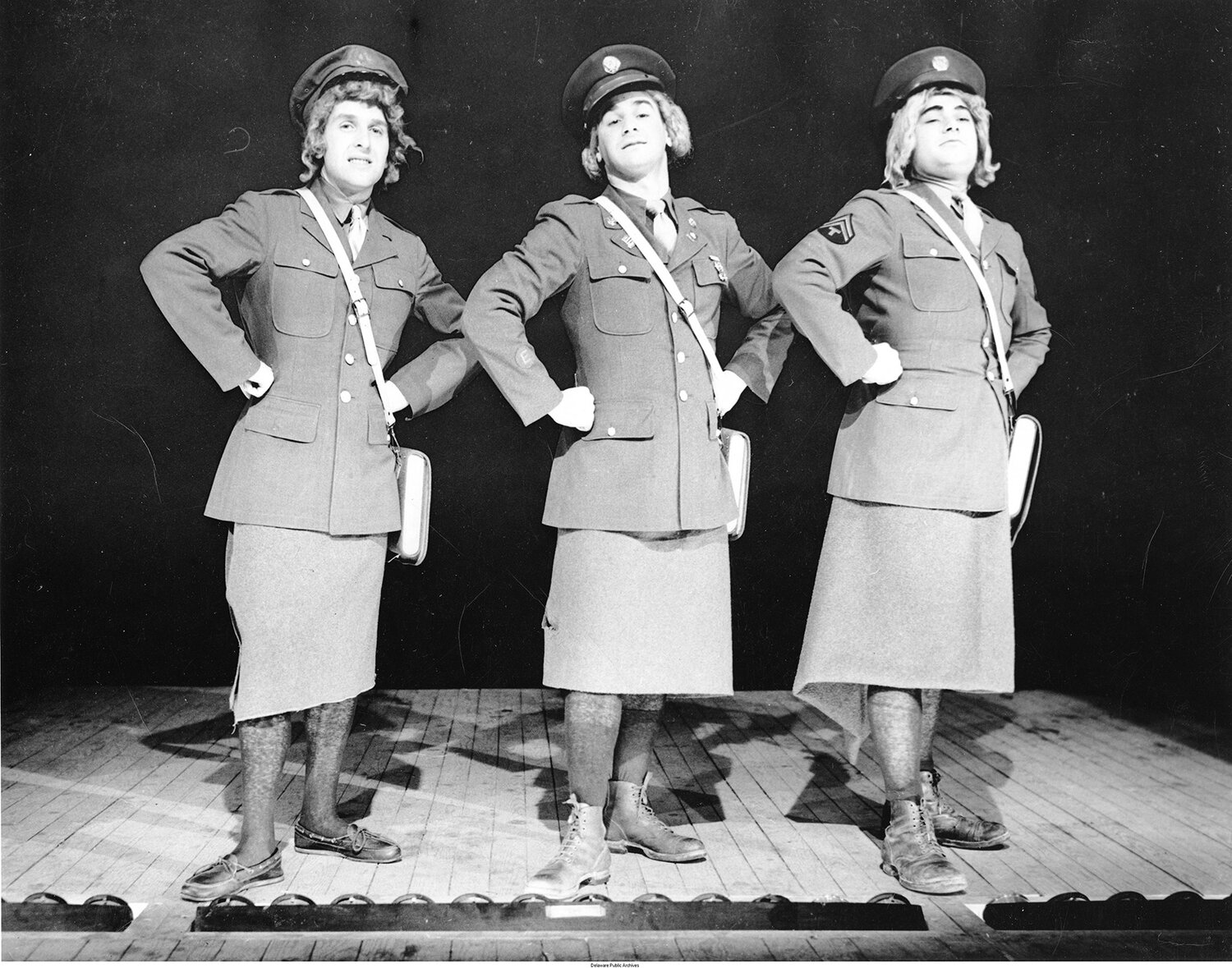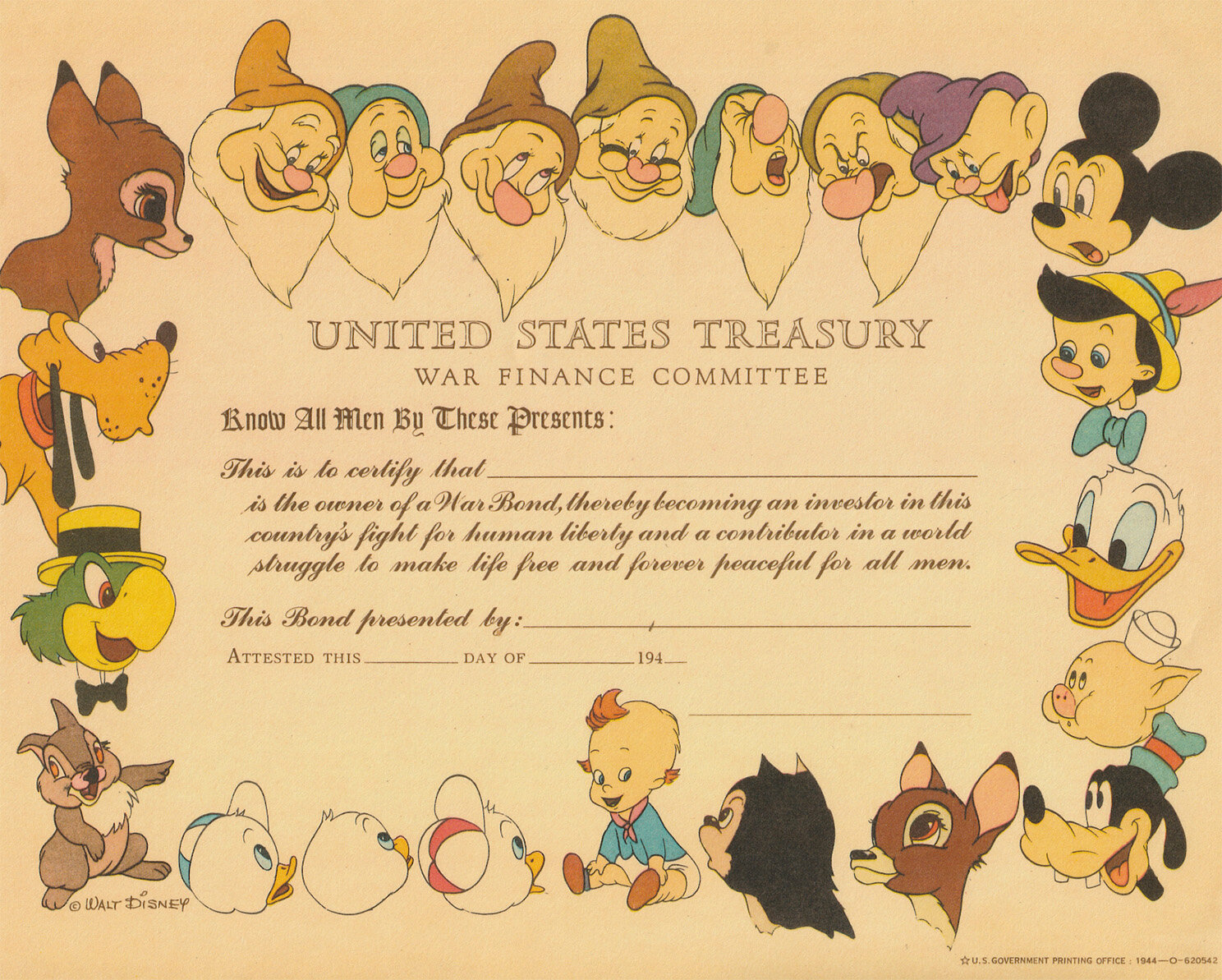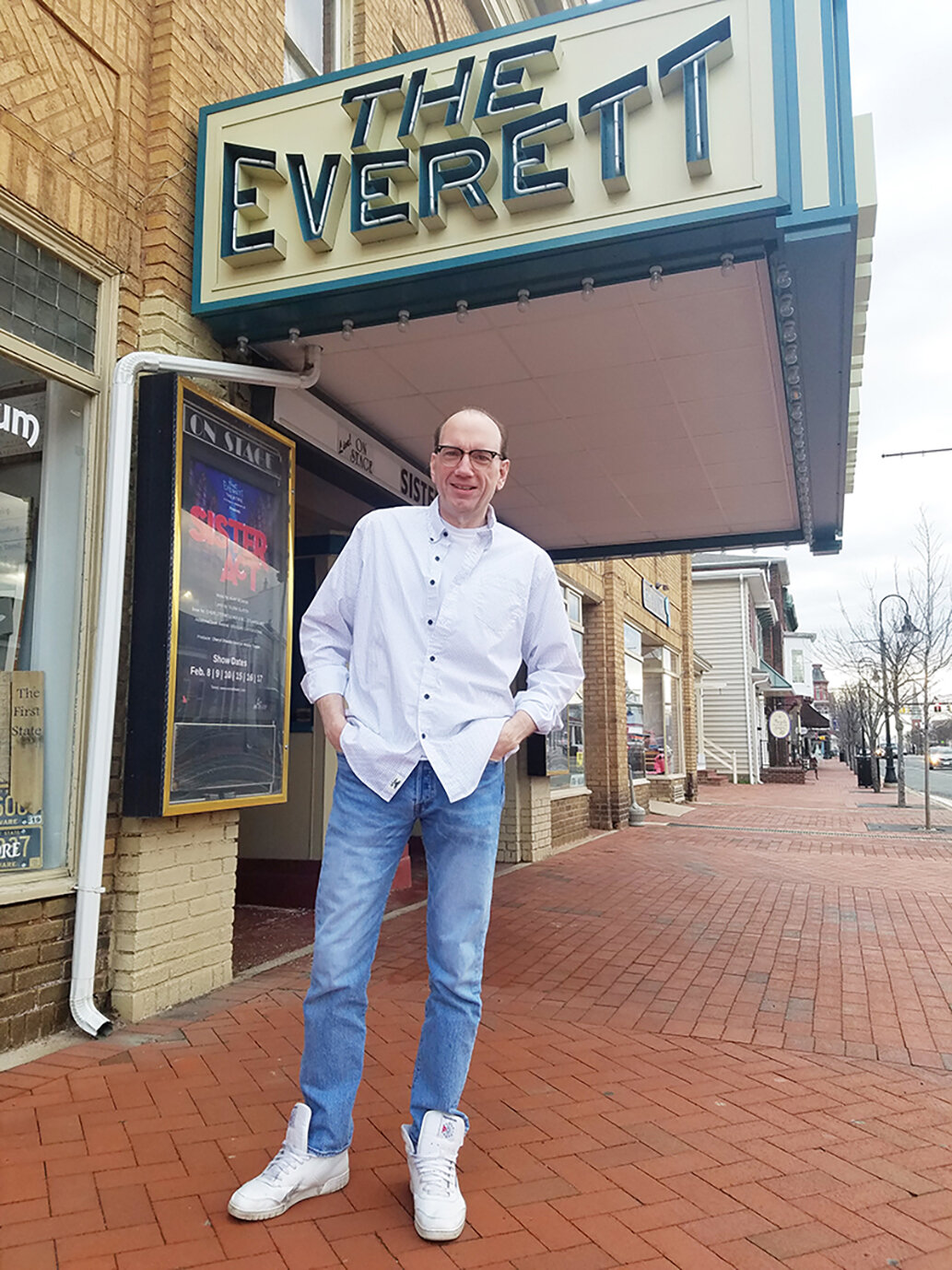New book examines role Delaware theaters played in effort to support WWII
MIDDLETOWN — As author Michael J. Nazarewycz was writing his 2019 book, “Historic Movie Theaters of Delaware,” a comprehensive rundown of cinemas in the First State, he immediately spotted a book within a book.
“I said, if I were ever to do a second book, I would want to focus on the World War II era because there was just a lot of great stuff there that I didn’t have the space for,” he said.
“The first book covered so much in terms of time and the number of theaters, that there just wasn’t enough space or even the time to dive that deep into something that specific. So this was one piece that I went back to.”
What Mr. Nazarewycz discovered during his research for the first publication was how much the state’s movie theaters played a starring role in its effort to support World War II.
That part of history is now told in the new book, “Hollywood in World War II Delaware,” published by The History Press.
From air base screens to performing arts venues to movie cinemas, Delaware theaters sold hundreds of millions of dollars in war bonds to finance military efforts. They also served as Women’s Army Auxiliary Corps recruiting stations and as collection points for resource drives.
Additionally, the facilities showed movies about the conflict to boost momentum. They hosted the likes of actresses Fay Wray and Paulette Goddard, along with other Hollywood stars, to keep up morale and, more importantly, raise money.
Over three years during the war, there were seven loan drives and then one afterward, which raised $441.7 million in Delaware alone. In 2022, that would have been about $7.2 billion, Mr. Nazarewycz wrote. In each one of those efforts, Delaware met or exceeded the goal the U.S. put on it.
“There were a lot of things I touched on (in the book), such as payroll deduction, where people could give like 10% of their pay, and that sort of stuff. So it was really difficult to pin down what the theater portion was,” said Mr. Nazarewycz, a resident of Middletown.
“I get into some things like the ‘Books and Authors’ drives at The Playhouse (in Wilmington), where I have specific numbers there, but it was tough to get an accurate number of just the overall efforts because all of that accounting just isn’t easily available.”
What theaters added to the war effort goes beyond dollars, though, he said.
“It was also about how many tons of scrap metal they collected. It’s how many women signed up to join the WAACs at that theater. It’s the theaters facilitating meetings before parades,” Mr. Nazarewycz said.
“We’re used to these tiny theaters now, of a couple hundred seats. The Warner’s 1,700-seat theater (in Wilmington) was gigantic, with the loges and the lobby and all of that stuff. There was so much other stuff the theaters did that helped the war effort.”
During that time, venues also collected things like junk jewelry, grease, nylons and record albums for their shellac, which could be reconstituted and made into new albums.
They also did their part by offering free movies to those who contributed. Often, these were films that had not debuted yet.
In the book, Mr. Nazarewycz lists the Delaware theaters that hosted free showings and the films they provided.
“That’s all newspaper research. Once I identified a date of when a ‘buy a bond, see a free movie’ or premiere night was happening, it was a matter of scouring online papers from around the state, from downstate (to) Newark, Seaford and other small towns,” he said.
“But having specific dates of when these events would occur helped me to just go pull that particular issue and go find the movie section and say, ‘This is what was playing that night.’”
He thinks that aspect of his book will appeal to the hardcore moviegoer.
“People like movies. They want to know, what movies are they showing? A very good friend of mine, who has read through the book and is something of an old-movie fan, was surprised at a lot of the titles that she didn’t know. When we think of classic Hollywood films, we think of the famous movies — ‘Casablanca,’ ‘Gone With the Wind.’ We all have those big titles when, just like today, there are a lot of titles that just sort of came and went, and they were out for a couple of weeks,” he said.
“And you’re left with a bunch of B movies and Westerns and serials, that kind of stuff that people don’t necessarily know. So I thought it was a great opportunity to give people the chance to see that there were so many movies playing around the state (and) that it wasn’t just the big, famous ones.”
Movie houses hosting live entertainment was also a significant part of those war years up and down the state.
“Theaters were built to be live, of course, first, and then converted to movie theaters. But even when the actual movie theaters were built, the design, the structure was very much the same and could facilitate adaptations,” Mr. Nazarewycz said.
For example, the theater at the New Castle Army Air Base hosted four bands in its five-year history. The Jive Bombers, formed in December 1942, were the most popular and played gigs to bolster the spirit of the troops.
And the Fort Miles Players troupe consisted entirely of servicemen stationed at Fort Miles, near Lewes.
“It’s important to note that all the men in the Players were soldiers first,” Mr. Nazarewycz writes in the book. “They had regular on-base duties and put together the shows, from conception to production, on their own time.”
They played several bases in Delaware and New Jersey, beginning in September 1942, and later moved on to places like The Layton Theatre in Seaford and Wilmington’s Playhouse.
Celebrities also came to the First State, including Count Basie and his band, who played a national radio concert at Dover Army Airfield. Actresses Ms. Wray, one of the stars of the original “King Kong,” and Ms. Goddard, best known for appearing in films with Charlie Chaplin, made stops in Dover for parades and speeches.
There was also boxer Joe Louis and screen star Gloria Stuart, who would later play the older Rose in “Titanic,” who both visited Wilmington, all to raise awareness of the war effort.
“Whenever a celebrity came here, it had to be a big deal for them to do that. Just to know someone from Hollywood was coming to town — I mean, who wouldn’t be excited for that?” he said.
In writing the book, Mr. Nazarewycz said his biggest discoveries were the generosity and sacrifice the average American made to support the military.
“We tend to romanticize World War II a little bit — and Hollywood certainly helped with that. I’m not naive enough to think there were no detractors. Certainly, there were, but ... think about an average household and the things that they were asked to sacrifice — not only sending sons and brothers and fathers to war but also food rationing, rubber rationing, gas and also collecting scrap metal and rationing silk and nylon, and you’re scraping bacon grease and saving bacon fat on top of donating toys, on top of buying bonds, on top of donating money to the March of Dimes,” he said.
“To list it out, it’s almost exhausting to say how so many people sacrificed so much over this period of time. It was very, very overwhelming to me.”
Autographed copies of “Hollywood in World War II Delaware” can be obtained at Browseabout Books, 133 Rehoboth Ave., Rehoboth Beach. Unsigned versions are available on amazon.com.
Members and subscribers make this story possible.
You can help support non-partisan, community journalism.
Other items that may interest you





 By
By 



